-
Major General
 O-8 | MG
O-8 | MGPrerequisites
- Eight (8) Months as a Brigadier General or Special Appointment.
- Assigned as either the Task Force Commanding Officer, Executive Officer, Chief of Staff, or Judge Advocate General position. Those willing to accept the next Task Force Commanding Officer Position.
- Adheres to and carries out the Duties and Responsibilities of the Task Force Staff.
Approval Authority: Task Force Exiled Command Staff.
-
Brigadier General
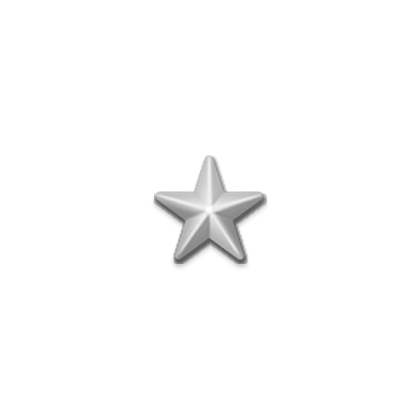 O-7 | BG
O-7 | BGPrerequisites
- Eight (8) Months as a Colonel or Special Appointment.
- Assigned as either the Task Force Executive Officer, Chief of Staff or Judge Advocate General position. Those must be willing to accept the next Task Force Executive Officer or Commanding Officer Position.
- Adheres to and carries out the Duties and Responsibilities of the Task Force Staff.
Approval Authority: Task Force Exiled Command Staff.
-
Colonel
 O-6 | COL
O-6 | COLPrerequisites
- Six (6) Months as a Lieutenant Colonel or Special Appointment.
- Assigned as a Battalion Commanding Officer and willing to accept the next available Task Force Chief of Staff or Judge Advocate General position.
- Adheres to and carries out the Duties and Responsibilities of the Battalion or Task Force Staff.
Approval Authority: Task Force Exiled Command Staff.
-
Lieutenant Colonel
 O-5 | LTC
O-5 | LTCPrerequisites
- Six (6) Months TIG as a Major.
- Assigned as a Battalion Executive Officer and willing to accept the next available Battalion Commanding Officer position, or currently serve as a Battalion Commanding Officer.
- Adheres to and carries out the Duties and Responsibilities of the Battalion Staff.
Approval Authority: Battalion and Task Force Exiled Command Staff.
-
Major
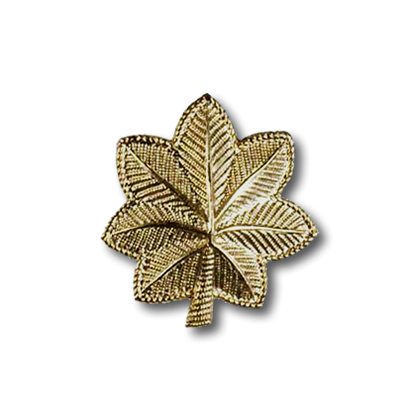 O-4 | MAJ
O-4 | MAJPrerequisites
- Four (4) Months TIG as a Captain.
- Assigned as a Company Executive Officer, Company Commanding Officer, or Battalion Executive Officer and willing to accept the next available Battalion Commanding Officer position, or currently serve as a Battalion Commanding Officer.
- Adheres to and carries out the Duties and Responsibilities of the Company or Battalion Staff.
Approval Authority: Battalion and Task Force Exiled Command Staff.
-
Captain
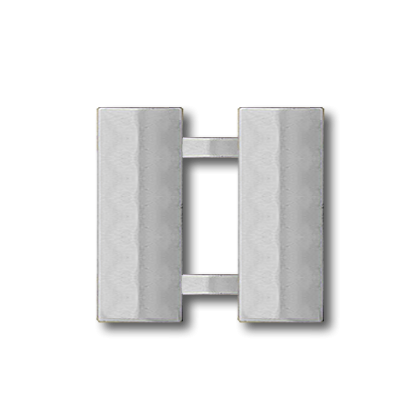 O-3 | CPT
O-3 | CPTPrerequisites
- Four (4) Months TIG as a First Lieutenant.
- Assigned as a Company Executive Officer or Company Commanding Officer and willing to accept the next available Battalion Executive Officer position, or currently serving as a Company Commanding Officer.
- Adheres to and carries out the Duties and Responsibilities of the Company Staff.
Approval Authority: Battalion and Task Force Exiled Command Staff.
-
First Lieutenant
 O-2 | 1LT
O-2 | 1LTPrerequisites
- Two (2) Months TIG as a First Lieutenant.
- Assigned as a SFOD-A or Aviation Detachment Commander and willing to accept the next available Company Executive Officer position.
- Adheres to and carries out the Duties and Responsibilities of the Platoon or Company Staff.
Approval Authority: Company, Battalion, and Task Force Exiled Command Staff.
-
Second Lieutenant
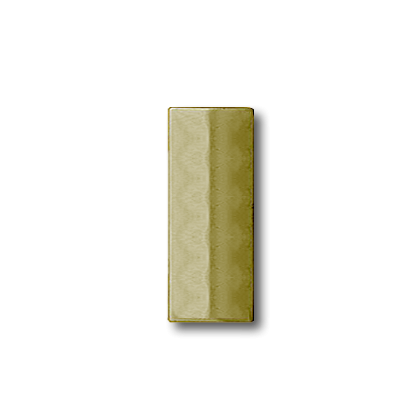 O-1 | 2LT
O-1 | 2LTPrerequisites
- Completion of Officer Candidate School (OCS).
- Assigned as a SFOD-A or Aviation Detachment Commander and willing to accept the next available Company Executive Officer position.
- Adheres to and carries out the Duties and Responsibilities of the Platoon Staff.
Approval Authority: Company, Battalion, and Task Force Exiled Command Staff.
-
Officer Candidate
 E-8 | OCS
E-8 | OCSPrerequisites
- Selected to attend and complete Officer Candidate School (must be E-7 or higher for selection).
Approval Authority: Company, Battalion, and Task Force Exiled Command Staff.
-
Chief Warrant Officer 5
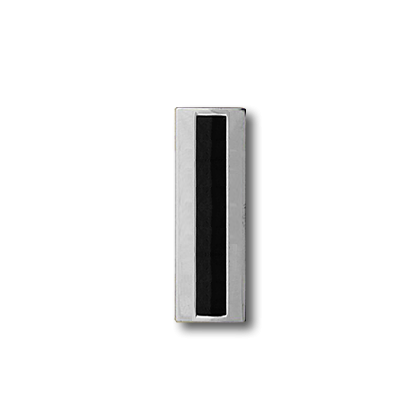 W-5 | CW5
W-5 | CW5Prerequisites
- Six (6) months TIG as a Chief Warrant Officer 4.
- Assigned as a Flight Leader or Aviation Commander.
- Attend a minimum of Twelve (12) Official Operations at any time as a Chief Warrant Officer 4.
Approval Authority: Company, Battalion, and Task Force Exiled Command Staff.
